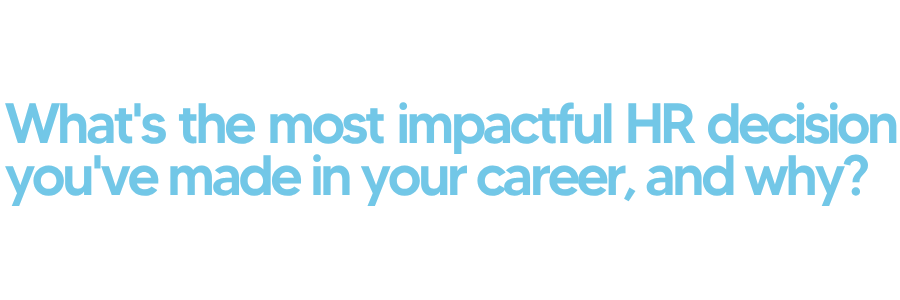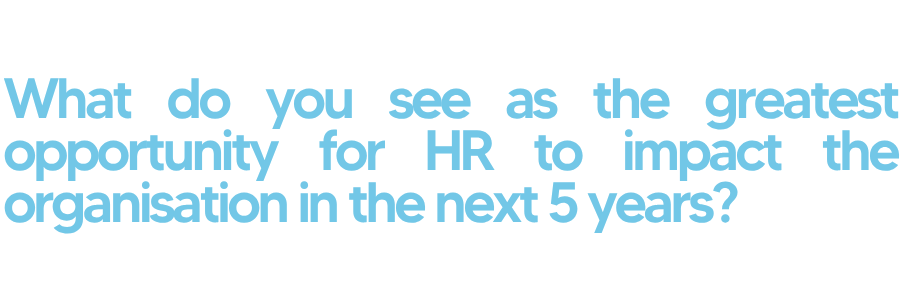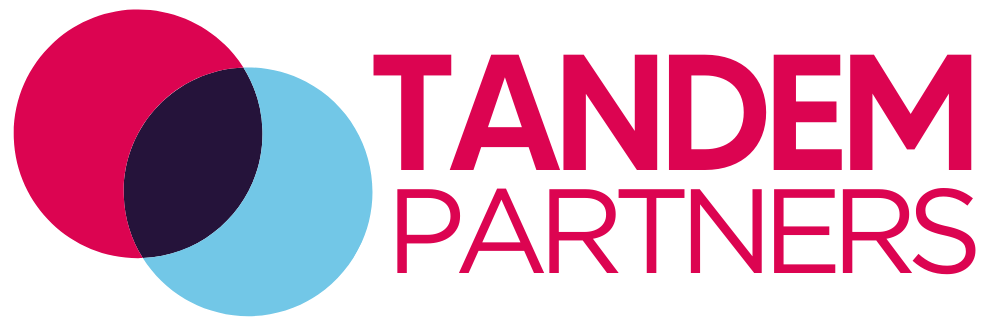Inside HR Leadership with Ian Flemington

Inside HR Leadership with Ian Flemington
A global HR Leader on the value of building trust, commerciality and authenticity to drive long term HR impact.
In our HR Leader Insights series, we speak with respected HR leaders across industries to explore their biggest lessons, boldest decisions, and what’s next for the profession.
We’re excited to share this thoughtful and powerful conversation with Ian Flemington, a seasoned HR Executive with over two decades of experience spanning global markets. Ian had led HR strategies for major brands including McDonald’s Australia, Canon Oceania, Craveable Brands and Kimberly-Clark. Below, Ian reflects on navigating geopolitical crises, building credibility from the ground up, and how HR must evolve to stay strategically relevant in a fast-changing world.

This is a really hard thing to pin down as I hope that everything we do has an impact in the context at time, but I’ll reference some action we took in my last role to ensure equity in a very tense geo-political situation.
We had operations and teams in Ukraine and Russia. As Kyiv was significantly impacted, we had multiple programs in place to provide financial support when needed and the establishment of a Ukrainian remote office in Poland amongst other things. As Ukraine began to gain ground on the Russian border, we had Russian team members located in those geographies and so sought to establish similar programs for impacted team members on that side of the border with clear guidelines of when and why that support could be accessed. This was somewhat controversial to establish yet hugely impactful in terms of demonstrating our core organisational value of Care. Recognising that our teams were simply trying to survive and bring their best every day, no matter their political views or country of origin and we had a responsibility to ensure we were equitable in our treatment of those impacted.

There are a number of things that I would say have definitely helped here. Firstly, making time and investing time in connections with your key stakeholders. Whether that is a CEO, Mid-Manager or Production Line operator, building trust takes time. I’ve learned over the years that these connections become so much stronger when you take yourself away from the office environment for a coffee and just chat. You can usually find out everything you need to know about how to support the stakeholders quite informally, still using high gain questioning techniques versus barraging them with a list of questions.
Developing my team is critical. You need the whole function to have credibility for you to personally be credible. This means spending time with your team, understanding their needs and ambitions. Moving roadblocks for them, standing in front of them when needed and cheering from the sides as they excel.
Always being humble enough to admit you need to learn. For example, when I joined my last organisation the P&L structure was different to any I’d seen before and so I asked the CFO to recommend someone in their team who could mentor me in the monthly compilation of the P&L until I was able to explain back the connections between various lines in a given months performance.
Getting to know the pulse of the organisation at all levels. Going out on the road with field-based teams, walking the factory floor if you manufacture, speaking to unions where you might have them to show you hear them and are willing to engage proactively in discussions. Don’t rely on sitting in an office or taking the opinion of a small group of leaders to truly understand.
And finally, giving feedback. This does rely on the trust above, but simply reinforcing existing behaviours versus coaching others to improve means you, the individuals and possibly the organisation stagnate.

I would suggest two areas of opportunity that are intrinsically linked. Firstly, as the nature of work evolves, to advocate for and ensure the reskilling of our workforce to manage with ongoing digitisation and AI. What we are seeing is not a reduction in the number of roles, rather the emergence of new roles and we should seek to reskill and retain organisation knowledge vs restructure and go to market to buy the new skills. There are some interesting new approaches to the traditional Buy, Borrow, Grow model to talent acquisition. For example, Buy, Borrow, Grow and now Break. Break the role and reconstruct it to fit today’s paradigm and then Grow skills from there.
Linked to the above is our responsibility to ensure that increased automation and adoption of AI does not come at the expense of an engaging human interaction. Multiple studies are showing the potential bias that can develop with AI systems, for example the class action in the US against a major HRIS provider. Similarly, we are all hearing anecdotal feedback from friends, colleagues and peers about how AI may for example screen out applicants for a given role and yet when the hiring manager or T/A lead see the resume, they believe the individual to be a fit. None of us have the complete answer to this yet, but we need to stay attuned in the face of increasing automation and the need to ‘humanise’ the processes that we are seeking to streamline.

Commerciality. And I say commerciality vs commercial acumen very intentionally. To me this is more than understanding how the P&L is compiled. It is about truly understanding the business from your customer and consumer lens, how your organisation meets their needs and responses to them. Truly thinking like a business leader.
Digital nativeness. Again, linked to AI, but if we do not keep pace with the possibilities presented by AI, we’re likely to become irrelevant. My challenge here is how we keep an eye on the external environment and listen to the internal dialogue to understand opportunities and implications for the teams we support.
Workforce Planning. As a function, I still feel that there are many who don’t truly understand workforce planning. Often the businesses we support think of it as cost management and tracking. Unless we can clearly articulate what it is and the benefits of effectively planning your workforce capability needs over the medium to long term, we are missing an opportunity to add and create value for the organisation – back to that thinking like a business leader!

There are probably too many differences here to articulate succinctly. From cultures where challenge and confrontation in the room is disrespectful and you need to have the real conversation privately and use the meeting for consensus. To those where saying you cannot deliver something is seen as a failure vs a development opportunity. There are cultures where the people are incredibly warm and open but then incredibly direct in meetings which seems to conflict with your experience outside of the workplace. There are those who think a more laid-back Australian style equates to laziness (which I personally disagree with vehemently by the way). All too often we make incorrect assumptions. For example, that English speaking cultures will be similar but having worked across the US, Australia and the UK, I can attest that the differences in workplace cultures and norms are quite profound.
Ultimately, I would summarise by saying that no matter where you are from or who you work for, you should bring your authentic self and style to your work interactions. But! Also take the time to learn about the cultures you are working with, as those working with you should. Be ready to educate respectfully as well as learn with humility.
Refine results
Keywords
Contact Us
Categories
News
HR Leader Series


